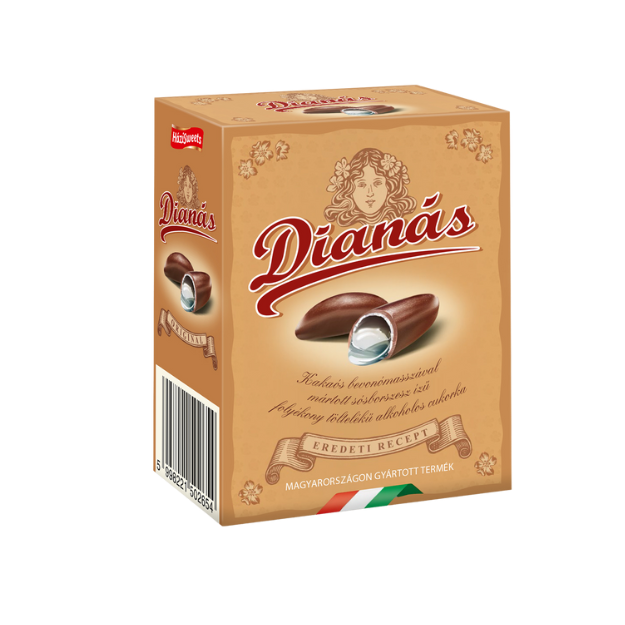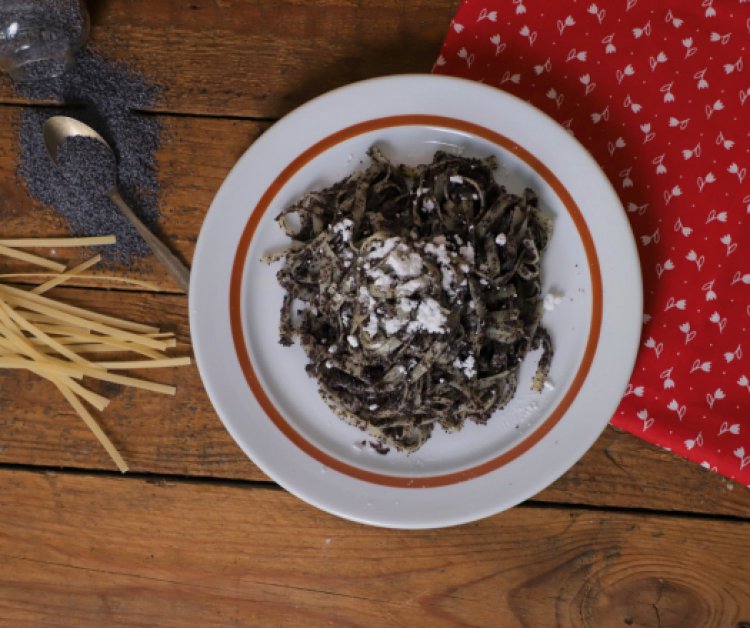Strange Hungarian sweets that are worth a try

Hungarian cuisine is relatively famous around the world for its unique dishes, which you may recognise by the generous amount of onions and paprika in them. There are sweets and desserts that are also typically Hungarian, but have a name or list of ingredients that might be weird for a foreigner who stumbles across them for the first time. In this list, you will find some that, despite their strange concept, are worth a taste.
Téli fagyi (Winter ice cream)

It came out of nowhere in the seventies to replace the summer delight in the colder months. In terms of its appearance, it represents the original. The sticky, thick, chocolaty cream with chocolate coating and the combined experience of the cone’s crunchiness bring back childhood memories to many. Although it is considered a retro sweet, you can still get it in most supermarkets.
Krumplicukor (Potato sugar)

Krumplicukor is one of our oldest Hungarian sweets, a retro treat with an off-white colour and a sweet taste that has been popular since the fifties. Its only ingredient is simply sugar (glucose) and is produced by breaking down the starch found in potatoes. It is a divisive candy, as many people do not like it because of its hard texture or strongly sweet taste, but it is certainly considered one of the best-known retro sweets.
Dianás cukor (Diana’s candy, Spirit-filled candy)

Diana candy is over 100 years old and was originally thought to cure hangovers, at least according to folk medicine. The treats were originally manufactured by Diana Industrial and Commercial Co. in 1911 as a miracle cure for almost everything. The candy containing sósborszesz, which is basically rubbing alcohol, is also considered one of the most recognised retro Hungarian sweets.
Pharmacist Béla Erényi introduced the spirit in 1907 – he was trying to beat his competition partner, Kálmán Brázay. He dissolved various herbs in alcohol, which he diluted with salt water, which he bottled and sold as a medicine for external and internal use. The spirit is a mixture of water, alcohol, salt, ethyl acetate and menthol. It was used for everything from pain relief to disinfecting. The current shape of the candy was created a few years later when he realised that the solution crystallised during cooling when poured into a mould. Covered in chocolate, it became a candy loved by many Hungarians for decades.
Mákos guba (Poppy seeds bread pudding) and Mákos tészta (Noodles with poppy seeds)
Mákos guba and mákos tészta are not Hungarian sweets, but they are popular desserts in the country that are made with poppy seeds.

Foreigners might find it strange that Hungarians eat poppy seed with noodles for example, but it has been one of the most common ingredients of some beloved dishes and desserts of the Hungarian cuisine. There are desserts or main dishes with poppy seed, for example, the mákos guba, which is a delicious poppy seed pudding, and the combination of soft poppy seed bread with vanilla custard is definitely worth a try.

A similar and popular easy-to-make dish is mákos tészta, which is basically noodles blanketed in ground poppy seeds and powdered sugar. As with other sweet pasta dishes, it is usually served as a main course after a generous soup as a first course. You can find recipes for both dishes and more on mindmegette.hu.
Read also:
- Top 10 worst Hungarian dishes according to foreigners – Read here
- 3 effortless Hungarian desserts to bare the summer heat – RECIPES
Source:






Makos teszta is DA BOMB!!! Love it!!!